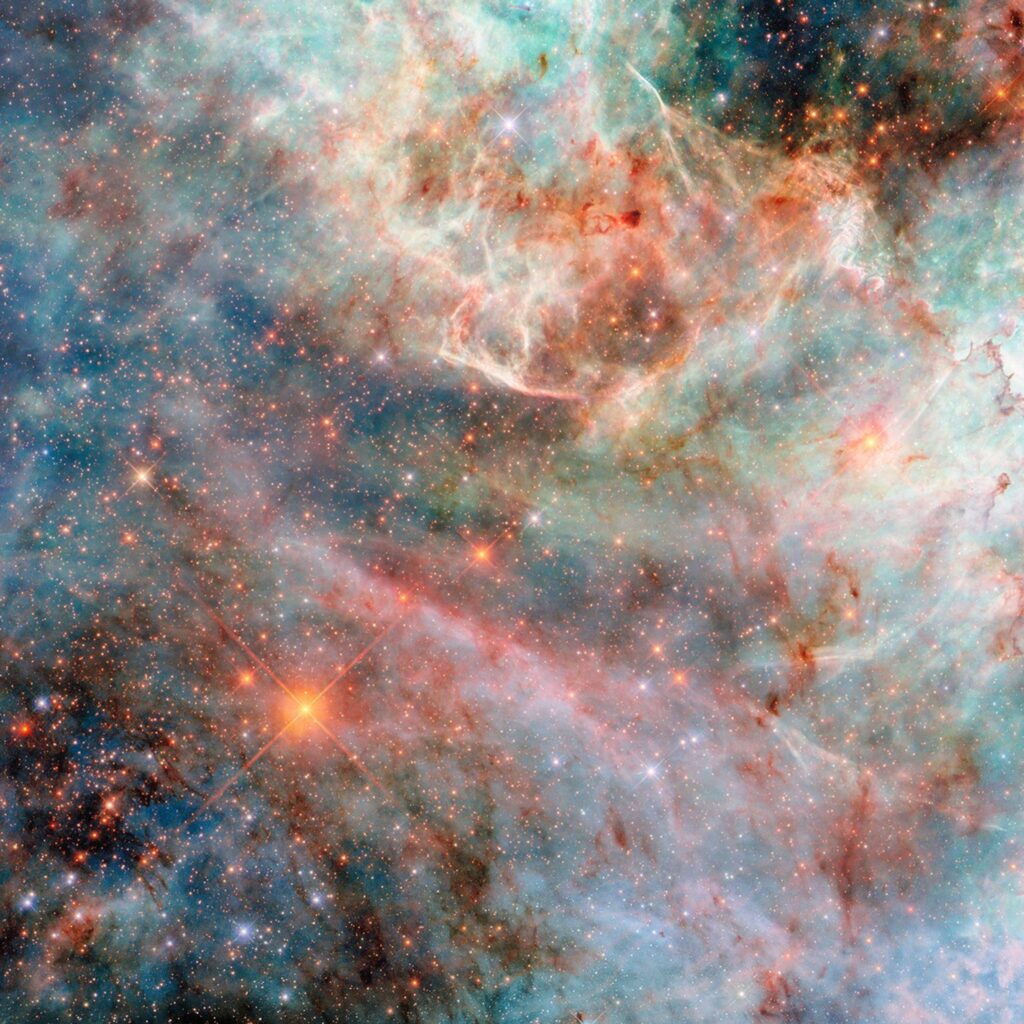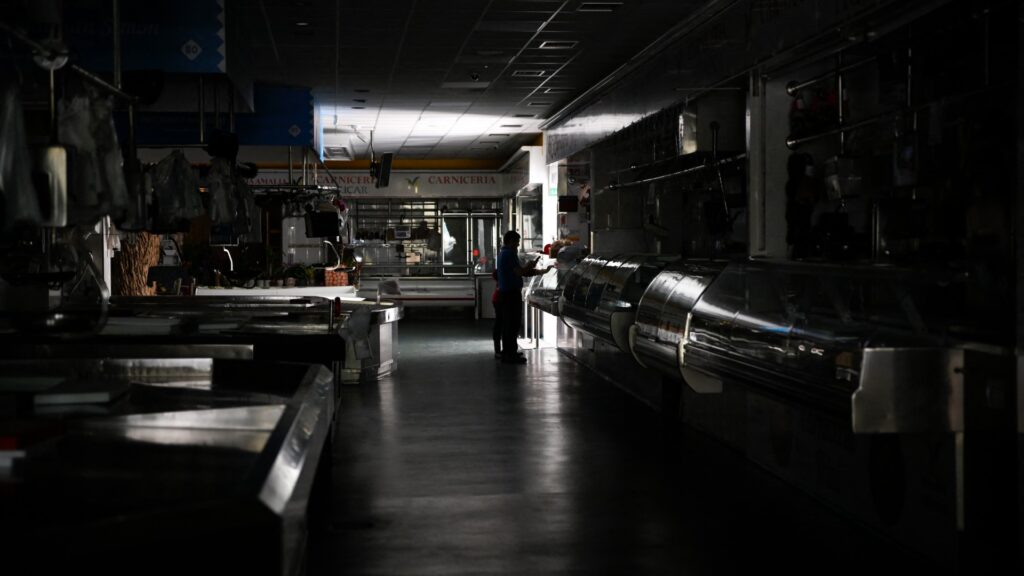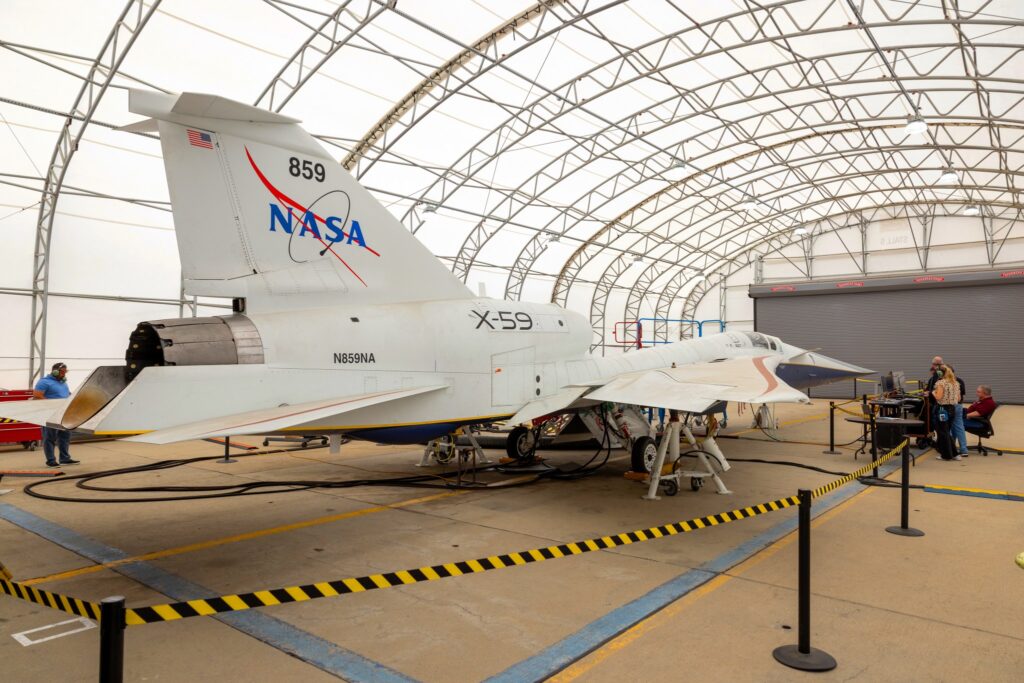After a seven-month hiatus, NASA spacewalks outside the International Space Station (ISS) are back on.
NASA halted routine spacewalks after European Space Agency (ESA) astronaut Matthias Maurer noticed a higher-than-normal buildup of water inside his helmet after a nearly seven-hour excursion on March 23.
The agency has now completed a review of the incident, finding that it was not a leak caused by hardware issues. Instead, the water was condensation caused by high levels of astronaut exertion and the cooling setting on Maurer’s extravehicular mobility unit (EMU) spacesuit, NASA officials said.
Related: Spacewalks: How they work and major milestones
With this information in hand, the agency has approved the resumption of routine spacewalks, with the next one set to take place in mid-November.
“Crew safety is the top priority of NASA and our international partners,” Kathy Lueders, associate administrator for NASA’s Space Operations Mission Directorate, said in a statement on Tuesday (opens in new tab) (Oct. 18). “I’m proud of the space station and ground teams’ work to keep our crew members safe, for taking the time necessary to close out the investigation and for continually findings ways to mitigate risks in human spaceflight.”
The investigation ate up so much time in part because it took a while to get Maurer’s spacewalk gear back on Earth for analysis.
Water samples and some spacesuit hardware came down on a Russian Soyuz spacecraft on March 30, and on the Dragon capsule that flew SpaceX’s Crew-3 astronaut mission, which ended on May 6, NASA officials said. But Maurer’s EMU suit didn’t land until Aug. 20, aboard the Dragon that flew SpaceX’s CRS-25 robotic cargo mission to the International Space Station.
Detailed study of this hardware led to a diagnosis, as well as a fix that NASA is comfortable with.
“Based on the findings, the team has updated operational procedures and developed new mitigation hardware to minimize scenarios where integrated performance results in water accumulation, while absorbing any water that does appear,” NASA officials wrote in the Tuesday update. “These measures will help contain any liquid in the helmet to continue to keep crew safe.”
Tuesday’s blog post did not give further details about the updated procedures or mitigation hardware.

Maurer’s experience called to mind another spacewalk marked by a buildup of water in the helmet — that of ESA astronaut Luca Parmitano in July 2013.
Parmitano dealt with much more water, however; it covered most of his face, causing the astronaut to cut his spacewalk short and retreat back inside the orbiting lab. (This was a potentially dangerous situation. Water clings to your face in microgravity, making it very difficult to breathe. And you can’t just wipe it away when it’s inside your spacesuit helmet.)
There was a another big difference, too: The water in Parmitano’s helmet came from a leak, not condensation.
An investigation into the July 2013 incident traced the leak to “inorganic materials causing blockage of the drum holes” in an EMU water separator. As a result, water spilled into a vent loop and made its way into the astronaut’s helmet.
NASA halted non-urgent spacewalks back then as well, until it had a handle on the issues that caused Parmitano’s problem.

Related stories:
During his March 23 spacewalk, Maurer worked with NASA astronaut Raja Chari to prep the orbiting lab for installation of new iROSA solar arrays.
The next spacewalk, targeted for mid-November, will continue the iROSA (short for “ISS rollout solar arrays”) work, as will two additional excursions to follow, NASA officials said.
Mike Wall is the author of “Out There (opens in new tab)” (Grand Central Publishing, 2018; illustrated by Karl Tate), a book about the search for alien life. Follow him on Twitter @michaeldwall (opens in new tab). Follow us on Twitter @Spacedotcom (opens in new tab) and on Facebook (opens in new tab).


